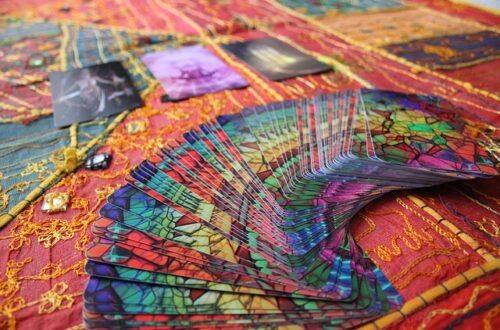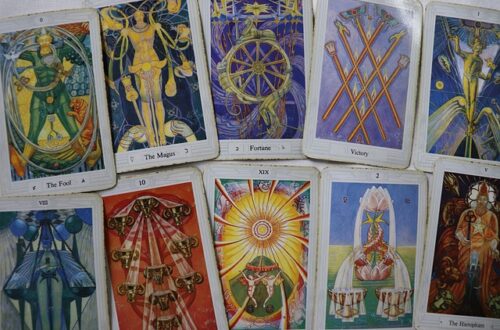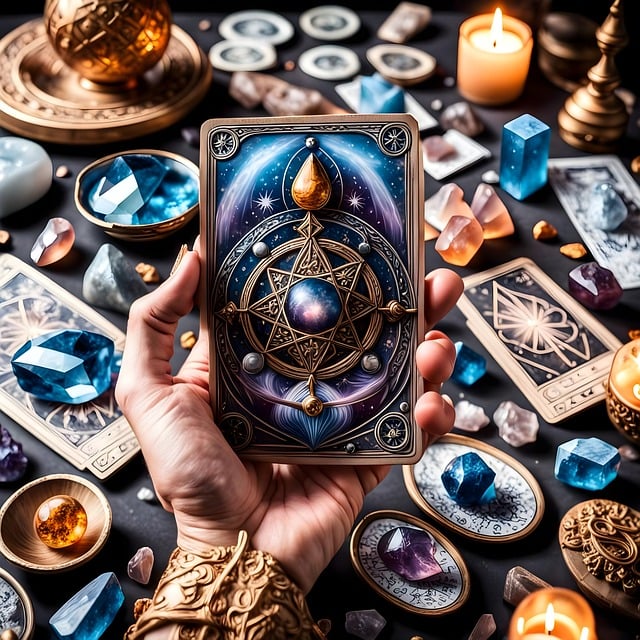
How to Read Tarot Cards: A Beginner’s Guide
Table of Contents
- How to Read Tarot Cards: A Beginner’s Guide
- 1. Understanding the Tarot Deck
- 2. Choosing Your Tarot Deck
- 3. Getting Familiar with Your Deck
- 4. How to Shuffle and Draw Tarot Cards
- 5. Understanding Card Meanings
- 6. Developing Your Intuition
- 7. Practicing with Readings
- 8. Ethical Considerations in Tarot Reading
- 9. Cleansing and Storing Your Deck
- 10. Final Tips for Beginners
- Conclusion
- Bibliography
How to Read Tarot Cards: A Beginner’s Guide
Tarot reading is a fascinating and insightful practice that has been used for centuries to gain guidance and self-reflection. Whether you’re curious about divination or looking for a way to tap into your intuition, this beginner’s guide will help you understand how to read tarot cards with confidence.
1. Understanding the Tarot Deck
A standard tarot deck consists of 78 cards, divided into two main sections:
- The Major Arcana (22 cards): These represent significant life events and spiritual lessons, such as The Fool, The Lovers, and The Tower.
- The Minor Arcana (56 cards): These reflect everyday situations and are divided into four suits:
- Cups: Associated with emotions and relationships.
- Swords: Representing thoughts, intellect, and conflicts.
- Wands: Symbolizing creativity, passion, and action.
- Pentacles: Linked to material matters, work, and finances.

2. Choosing Your Tarot Deck
There are many different tarot decks available, each with unique artwork and interpretations. Beginners often start with the Rider-Waite deck because of its clear symbolism and widely accepted meanings.
3. Getting Familiar with Your Deck
Before you start reading, take time to connect with your deck:
- Shuffle and handle the cards frequently.
- Study the imagery and meanings of each card.
- Sleep with the deck under your pillow to enhance your connection (optional but commonly practiced).
4. How to Shuffle and Draw Tarot Cards
Shuffling helps clear old energy and prepares the deck for reading. You can shuffle in any way that feels natural. Once shuffled, draw the cards using one of these methods:
- Single-Card Draw: Ideal for daily guidance.
- Three-Card Spread: Represents past, present, and future.
- Celtic Cross Spread: A more complex spread for in-depth readings.
5. Understanding Card Meanings
Each tarot card has a general meaning, but interpretations can vary depending on context and intuition. Pay attention to:
- Upright vs. Reversed Cards: Upright cards typically have a positive or direct meaning, while reversed cards indicate challenges, internal struggles, or delays.
- Card Imagery and Symbols: Notice colors, figures, and numbers in the cards, as they offer deeper insights.
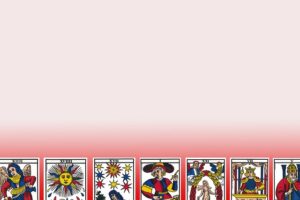
6. Developing Your Intuition
While tarot books provide meanings, your intuition plays a crucial role in readings. Try:
- Meditating before readings to clear your mind.
- Journaling your interpretations and experiences with each card.
- Trusting your first instinct when interpreting a card’s meaning.
7. Practicing with Readings
Start by reading for yourself before offering readings to others. Keep it simple:
- Ask open-ended questions rather than yes/no queries.
- Record your readings to track accuracy and personal growth.
- Use tarot as a tool for guidance rather than strict predictions.
8. Ethical Considerations in Tarot Reading
When reading for yourself or others, practice ethical tarot reading by:
- Avoiding health, legal, or financial advice unless you’re a professional in those areas.
- Respecting a querent’s privacy and feelings.
- Encouraging empowerment rather than fear-based readings.
9. Cleansing and Storing Your Deck
To maintain the energy of your tarot deck, cleanse it regularly using:
- Smudging: Burning sage or palo santo.
- Moonlight: Leaving the deck under the full moon.
- Crystal Charging: Placing clear quartz or amethyst with your deck.
Store your deck in a special cloth or wooden box to keep its energy intact.
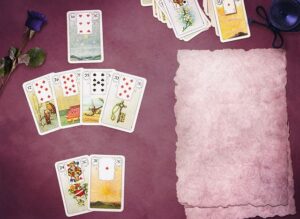
10. Final Tips for Beginners
- Be patient—tarot reading is a skill that develops over time.
- Read multiple sources but trust your own interpretations.
- Have fun and keep an open mind!
Conclusion
Learning how to read tarot cards is a rewarding journey that helps you deepen your intuition and gain insights into life’s mysteries. With practice, patience, and an open heart, you can develop your tarot-reading abilities and use them as a guiding tool for personal growth and self-discovery.
Bibliography
- Alexander, S. and Shannon, M. (2019) The Only Tarot Book You’ll Ever Need: A Modern Guide to the Cards, Spreads, and Secrets of Tarot. Avon, Massachusetts: Adams Media. ISBN 978-1507210840.
- Gettings, F. (1993) Tarot: How to Read the Future. Old Saybrook, Connecticut: Longmeadow Press. ISBN 978-0681418707.
- Greene, L. and Sharman-Burke, J. (1986) The Mythic Tarot: A New Approach to the Tarot Cards. New York: Simon & Schuster. ISBN 978-0671618636.
- Hall, A. (2017) The Book of Tarot: A Modern Guide to Reading the Tarot. London: Ebury Press. ISBN 978-1785037542.
- Keitch, J. and Moore, S. (2020) Tarot. The Library of Esoterica. Cologne: Taschen. ISBN 978-3836589872.
- Crowley, A. (1944) The Book of Thoth: A Short Essay on the Tarot of the Egyptians. London: Ordo Templi Orientis. ISBN 978-0877282686.
- https://en.wikipedia.org/wiki/Tarot


